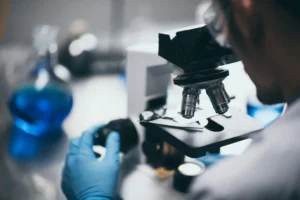Table of Contents
Many people are aware of the common diagnostic laboratory tests (e.g., glucose test for diabetes); however, more advanced analytical procedures are now available in the form of specialized testing. An example is dietary screening with tests focusing on the presence or absence of specific vitamins or minerals. Additionally, studies may be conducted to monitor the progression of diseases. Analytical procedures involving dye reactions or spectroscopic methods are most commonly employed; yet, care must be taken to utilize pure samples free of enzymes in order to achieve accurate results.
Analytical laboratory testing, such as enzymatic dye reactions and spectroscopic methods, is vital for efficient diagnosis and monitoring of the progress of diseases. Enzymes in particular require careful handling, as only pure samples with limited enzyme levels are suitable for testing. In general, analytical laboratory testing holds a wide variety of potential applications and possibilities to aid in the diagnosis and treatment of various diseases.
Enzyme-linked immunosorbent assay (ELISA)
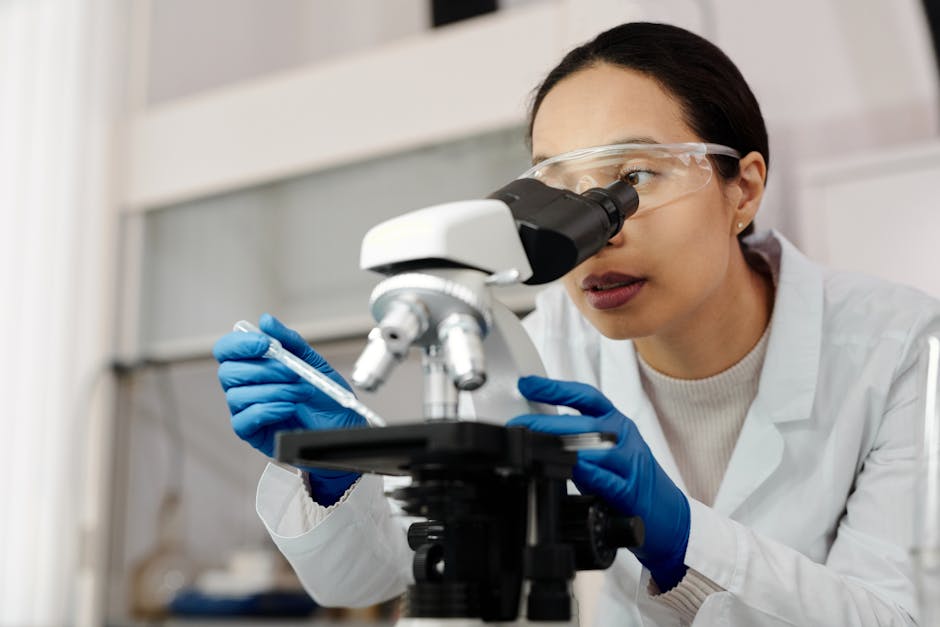
An enzyme linked immunosorbant assay (ELISA) is one of the most common types of laboratory tests used in clinical laboratories to determine whether there are antibodies present in a sample of blood or other fluid.
An ELISA test works by using an antigen, which can be a protein, microbe, chemical compound or tissue that stimulates your body’s immune system to produce antibodies. These antibodies then bind to the antigen, forming a complex.
The amount of antibody in the samples is determined and measured against a standard curve made with known concentrations of antibody. The concentration of antibody in your sample is calculated from this comparison.
Because the antigen for the ELISA test comes directly from the disease or infection being investigated, the test does not need to be performed on donated blood, which limits potential exposure risks. However, because the antigen must be purified from infectious agents, additional precautions should be taken during the experiment to prevent contamination.
Immunofluorescence assay (IFA)
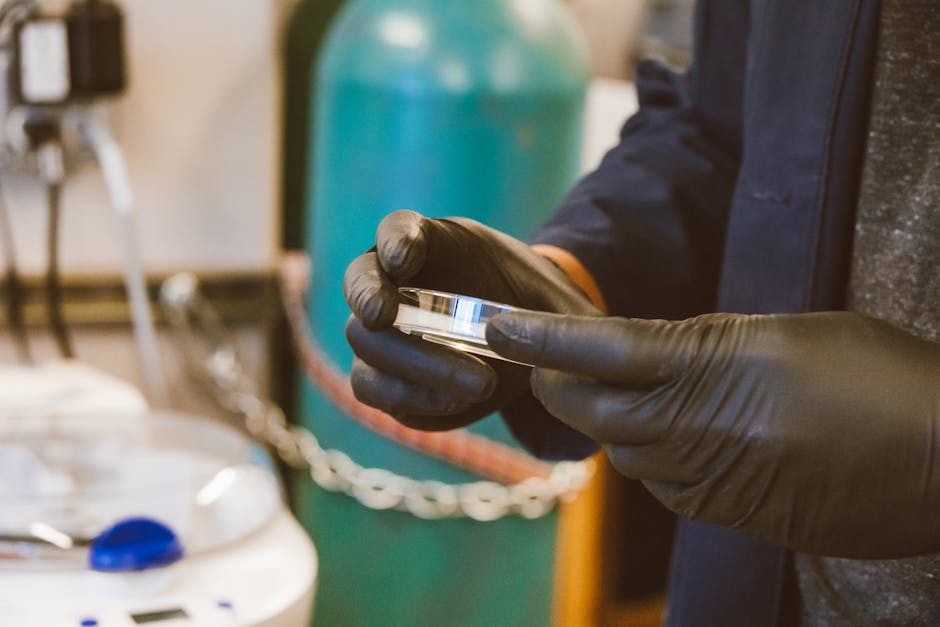
An immunoassay is one of the most common types of laboratory tests used to determine if there are specific antibodies in your blood. These tests measure whether you have these antibodies or not by adding a fluorescent dye to a solution with you plasma, and then examining how that reacts when you add it to another liquid containing antigenic material called chromogen.
If you have pre-existing antibodies in your blood, they will bind to the fluoro-chromatic solid particles, turning up a greenish coloration in the fluid as they do so. If you don’t have those antibodies, then the fluid remains red due to the presence of the chromogen.
This type of test can be adapted to check for different substances, such as antinuclear antibody (ANA), rheumatoid factor (RF), thyroid peroxidase antibody (TPOAb), and thyroglobulin antibody (TGAb). The order in which these assays are done makes no difference unless there is an appropriate control sample available. It is best to start from more basic ones and work upwards towards more complex testing.
Here, you would begin with ANA because it is quite prevalent in people who suffer from autoimmune diseases like lupus and scleroderma.
Western blot
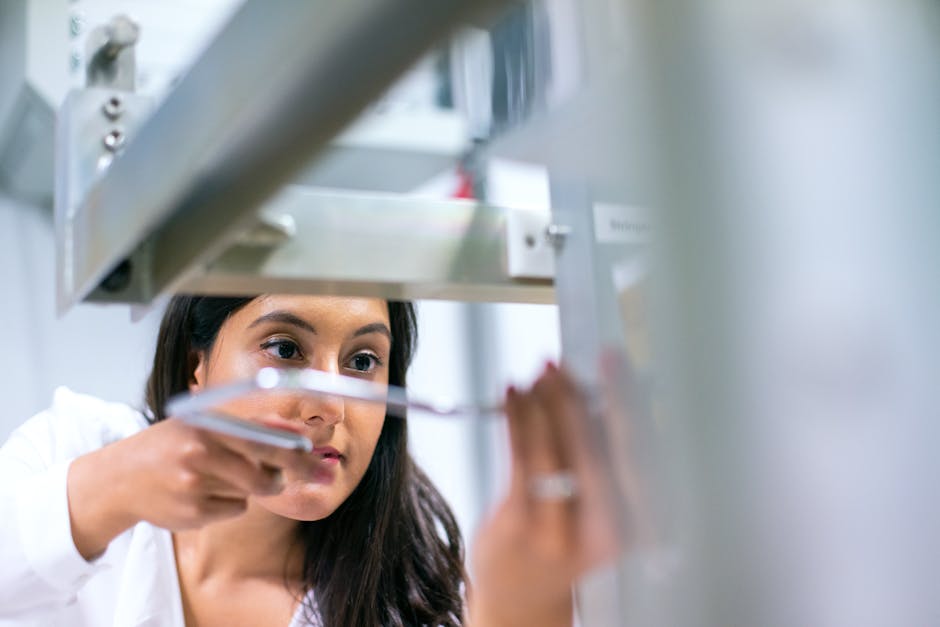
A western blot is an important test that your doctor may perform to check for specific antibodies or markers in your blood. Western blots are typically used to determine if there are proteins present in your serum (the liquid part of your blood).
Western blots use purified protein extracts as “antigens”, which means they act like targets against which you can produce an immune response.
In a western blot, a sample of blood is mixed with the antigen and then applied to a membrane, which acts as a surface to soak up some of the fluid. The membrane is then placed into a solution containing another molecule called antibody, which binds to any antigens it encounters. These additional molecules are then identified using a second antibody that recognizes the first one.
The location of the antibody binding determines what protein the marker represents. It takes several hours to get results from a western blot so this test should be repeated off and on over the course of two weeks after symptoms have been diagnosed.
Ligand binding assay (LBA)

An lba is an in vitro test that determines whether or not there are specific interactions between cells and molecules of blood, commonly referred to as biomarkers, and disease markers. Biomarker-disease associations can be determined by comparing the levels of these biomarkers in patients with those of non-patients.
Biomarker testing has become increasingly common in both clinical practice and research. Many different tests exist for determining various components of the blood such as glucose, cholesterol, triglycerides, creatinine, albumin, etc. These tests are usually done using either enzymatic reactions or immunoassays, which are more specifically targeted towards a particular molecule.
For example, insulin may bind to antibodies present in the test strip, causing a color change that can then be read visually or quantified via a device. An immunoglobulin G (IgG) antibody test would determine if you have high levels of IgGs due to past infections or current vaccinations. A similar test would be for C-reactive protein (CRP), which increases when there is inflammation in your body.
Laboratory testing beyond what we mentioned before often includes ligand binding assays (LBAs). An lba is one type of biochemical analysis that looks at how well certain molecules or compounds stick to other substances in a solution.
Cell-based assay (CBA)
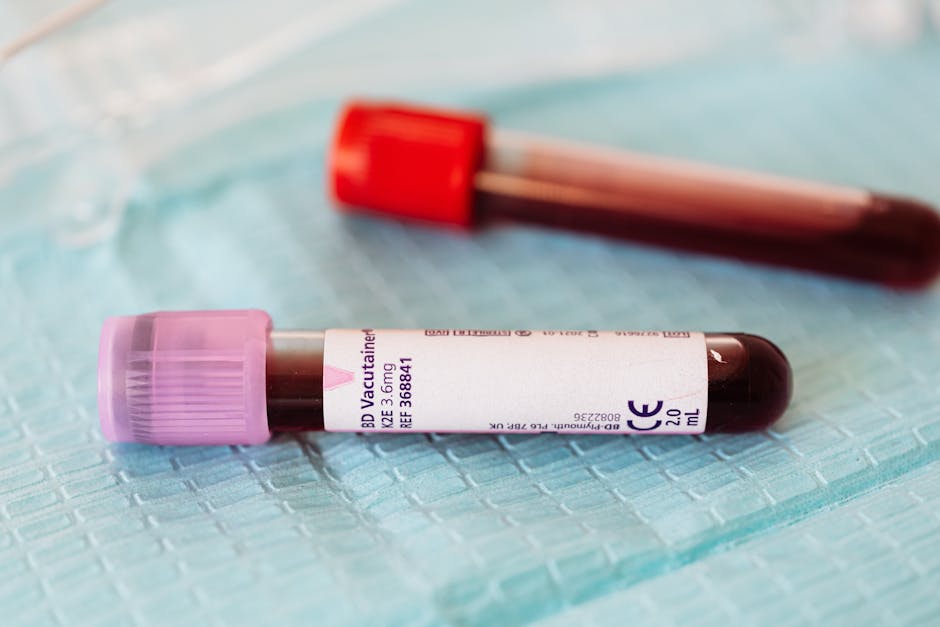
A cell-based assay (CBA) is one of the most common types of in vitro diagnostic testing used to diagnose infectious diseases such as HIV, hepatitis B or C, malaria, tuberculosis, and fungal infections. CBAs measure how well your body’s immune cells work to recognize and attack infection agents.
A CBA uses blood samples that are sometimes referred to as “bloodwork” because it requires drawing blood. However, there are some important differences between this test and traditional blood tests.
First, CBA testing does not require any special equipment. You can perform the test using commonly available lab supplies such as pipettes, luer lock syringes, microplates, and incubators. Some companies will even provide you with pre-packaged reagents, but you still need to know what each one means to determine if they are necessary.
Second, CBAs do not use needles. Rather than taking blood out via an injection site, people usually pass a tube through their skin to extract small amounts of blood called capillary blood. This is much less painful for most people!
Third, many laboratories now offer either finger stick or heel stick collection methods. Finger sticks are typically done by inserting a short needle into a natural opening such as the side of the nail or the top of the fingertip. Heel sticks occur when a longer needle is pushed all the way down into the back of the foot.
Reverse-transcriptase polymerase chain reaction (RT-PCA)
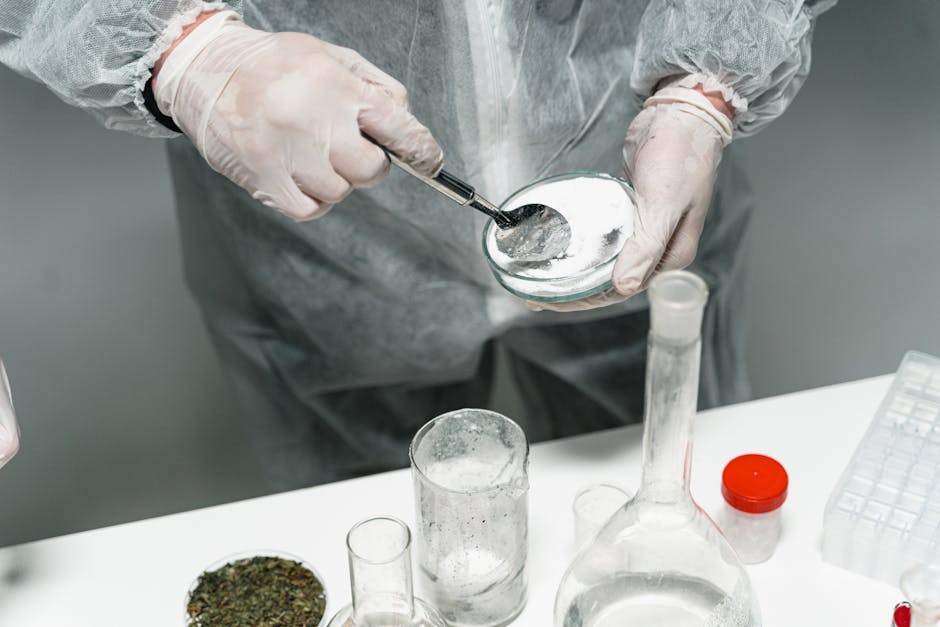
RT-PCR, also known as PCR or recombinant DNA technology, is an extremely popular way to perform laboratory testing. It was originally developed for use in identifying infectious agents such as HIV. Since then, it has been adapted and improved for many other uses.
There are two main components of this test procedure – the primer used to initiate transcription, and the enzyme called reverse transcriptase that acts as a catalyst during the process. The enzyme breaks down RNA molecules into individual nucleotides which can be added onto another molecule to create longer chains.
The first step is to prepare a sample by extracting fluid, tissue, or cells from your body. This will include introducing reagents into the sample, and ensuring that they completely mix with the sample.
Next, you run the extracted material through what is referred to as a “enzyme incubator” where the enzyme is mixed with the sample. During this time, the enzyme works to amplify the already present genetic information in the sample.
Once completed, the second component is introduced: the primer. A specific forward primer is selected to bind to one part of the target gene. Once bound, the primer functions to start the RNA synthesis process by creating new free ends that can be attached to other RNAs.
Polymerase chain reaction (PCR)
PCR is an incredibly powerful tool for laboratory testing. It allows for very specific, targeted tests to be done in the field or at your lab. This article will discuss some of the applications of this test-testing for infectious agents- and how to perform it!
It is important to note that most PCR tests are expensive. The cost depends on the length of the sequence of the DNA being tested, along with the reagents used during amplification. Because the costs can add up, it is important to know what types of PCR tests exist and if they would work for your patient.
There are several companies that produce PCR kits that contain all of the necessary components. As mentioned before, the price per test can add up quickly, so doing research on which brands are reputable and have quality products is important. Some companies may offer discounts if you buy a large quantity, so keep an eye out for those!
What is polymerase chain reaction?
Polymerase Chain Reaction, also known as PCR, is a way to amplify small amounts of target material. For example, if you wanted to know whether there were traces of HIV in a fluid sample, you could use PCR to do this.
The key word here is “amplify”. You start with very little target material and multiply it many times over. A machine does this for you, using special enzymes called polymerases to combine nucleotides (the building blocks of DNA) with the target material.
DNA-based assay (DBA)

A direct genetic test does not require extraction of biological samples, nor do they use PCR to amplify specific sequences of DNA. Rather, these tests detect whether or not you are an allele match for a known disease mutation. Then, they determine what percentage of your genome matches that mutation so we can make an inference about if you have the disease.
This is done via analysis of small sections of your deoxyribonucleic acid (DNA), which are copied and then sequenced. The sequence of each section comes from either side of a particular mutation in the gene. So instead of trying to find the whole gene, only a part of it is analyzed.
It is important to note that although this method seems simpler, it actually requires much more sophisticated software to analyze the data. Only professionals with appropriate certifications can perform DBAs, making them limited to very specialized clinics and hospitals. But because they are only looking at a few genes, there is no need for blood draws, nor is there any risk of exposure to infectious diseases like HIV or hepatitis through sampling.

